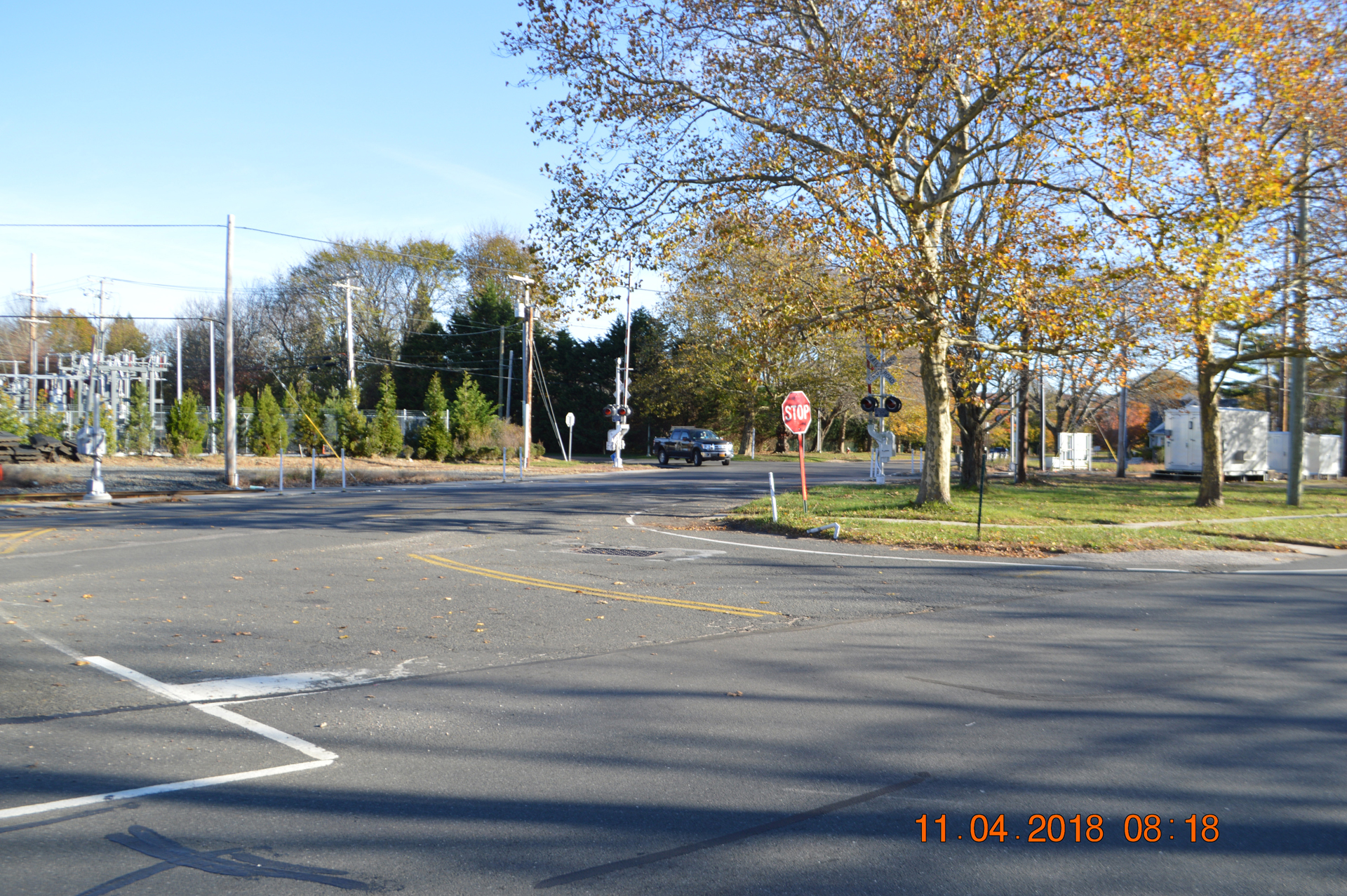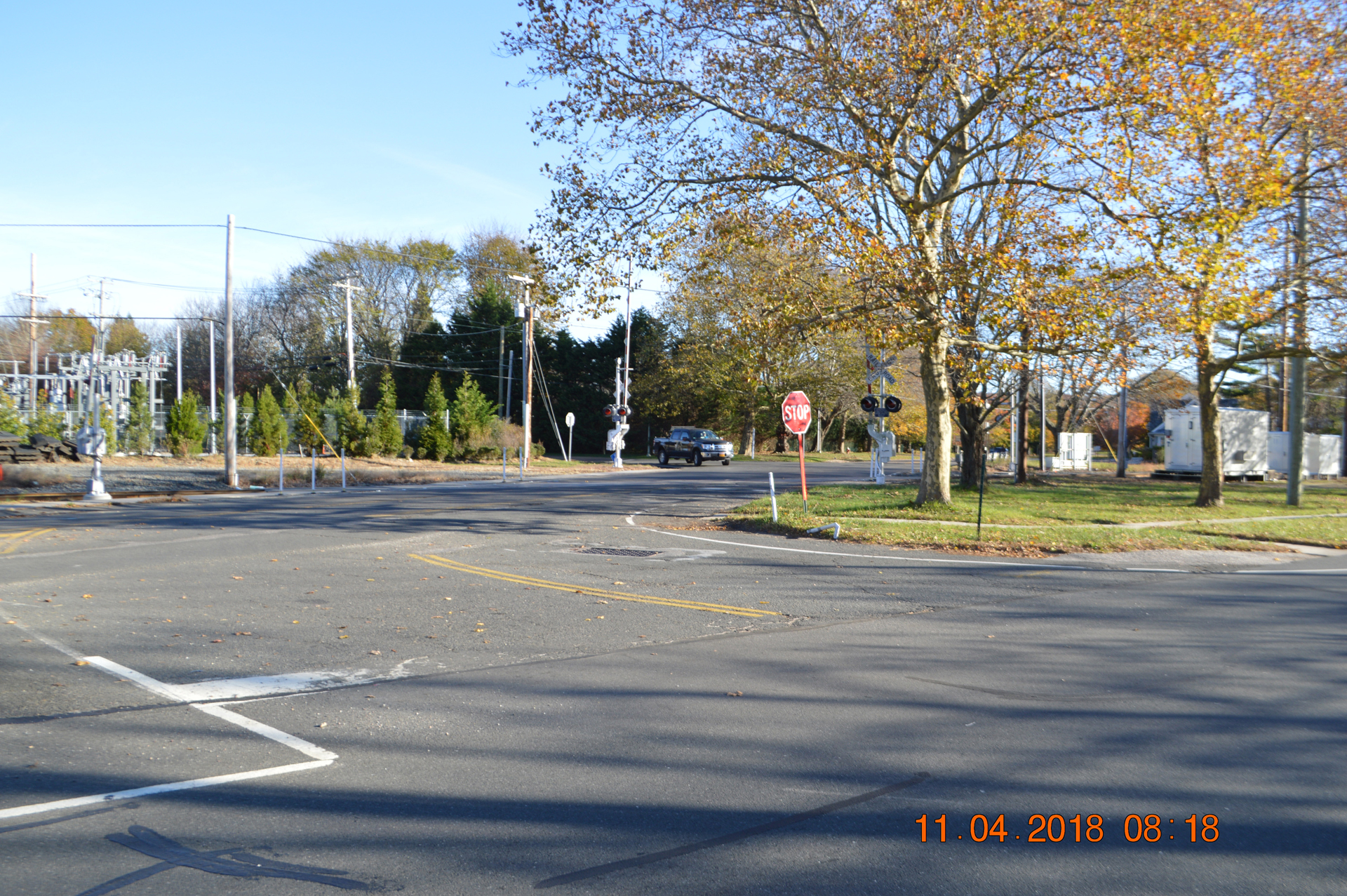Amagansett Hamlet Hearing: Take It Slow


The East Hampton Town Board held the third of five public hearings last Thursday, November 1, concerning the town’s hamlet studies, this one focusing primarily on Amagansett. Unlike the prior two hearings, which focused on Wainscott and East Hampton, with many members of the public embracing the need for change to deal with major problems coming down the pike, the message from the few residents from Amagansett who addressed the board seemed clear: Don’t change much, please.
“This master plan focuses on two of the commercial areas, the historic center and the eastern corridor,” the study stated.
James MacMillan, chairman of the Amagansett Citizens Advisory Committee, presented the town board with a list of points made in the 66-page hamlet study that ACAC opposed.
For example, the study says, “One of the ongoing economic issues in Amagansett is the lack of affordable worker housing near the commercial centers. Even many of the business owners in these commercial areas are increasingly unable to afford real estate in the hamlet. Providing lower-cost housing in the hamlet is therefore linked to the long-term viability of these businesses.”
According to MacMillan, however, “The lack of affordable housing has been addressed in Amagansett.” He pointed to the East Hampton Housing Authority’s plan for about 37 apartments to cover the now-open field at 531 Montauk Highway at the eastern end of Main Street, and the already built St. Michaels housing for the elderly, across the highway from IGA. Plans for the future, MacMillan said, should be devoted to preserving open space.
One solution to the lack of affordable housing could take place in the historic district, according to the study. “Many of the one-story commercial buildings in the downtown area could be expanded with second-story affordable apartments,” it states. Not so fast, said MacMillan, as he told the board that the ACAC does not want any more second-floor apartments built over businesses in the historic district.
“In the Central Business District on the east end of Amagansett (including the Post Office and IGA) there is more room for expansion under the current zoning.” The idea of building new businesses won’t pass muster with the ACAC, according to MacMillan. “The committee absolutely does not want new mixed-use structures along street frontage,” MacMillan said.
“Brick and mortar stores across the country remain vacant due to online shopping,” he reasoned. “Most of the members like Amagansett just the way it is.”
Tina Piette said she is also a member of ACAC, but disagreed about not building second-floor apartments for affordable housing in the historic district.
One item in the proposed long-term plan, which will be modified by the East Hampton Planning Department following the public hearings and become part of the town’s comprehensive plan for Amagansett, that the ACAC does agree with, concerns the complicated, dangerous intersection of Abrahams Landing Road with Montauk Highway, Old Stone Highway, and the Long Island Rail Road track.
“Ideas for this intersection focused on realignment of roads to provide simpler, right-angle intersections between roads and improved turning lane configurations to improve traffic flow,” the report reads, an idea MacMillan gave an ACAC thumbs-up to. The report shows the point at which Old Stone Highway intersects with Abrahams Landing Road moved further north on Old Stone Highway, an expanded parking area in the train station, and safer turns onto Montauk Highway.
Krae Van Sickle from Springs picked up where he left off October 18, when he spoke during the East Hampton hamlet hearing, again warning that it is imperative for all of us to reduce our consumption of fossil fuels within the next 11 years or face true devastation to our eco-systems. He said that the Amagansett Fire Department is a perfect site for a project using batteries to augment solar and wind turbine-generated power. The department, he said, “already has a windmill, it already has solar panels.” Right now, he told the board, PSEG is pushing fossil fuel-run generators to augment those times “when the sun isn’t shining and the wind isn’t blowing.” He called the installation of batteries to store power at the Fire Department “a great opportunity that is right under our nose.”
Averill Geus, East Hampton Town’ historian, said she visits Amagansett at least once a week, and that it is almost impossible to drive through on Montauk Highway during the summer season. She suggested making Bluff Road and Town Lane one-way streets, in opposite directions, to help with the traffic flow. She also said that something needs to be done about big trucks in East Hampton.
The third and final member of the ACAC to speak, Joan Tulp, seemed to sum up the night’s mood last Thursday when she said, “Please don’t make too many changes to Amagansett.”
The hamlet studies were done for East Hampton Town by a team of consulting firms, headed by Dodson & Flinker, Inc., Community Design and Rural Preservation Specialists, together with subcontractors LK McLean Associates P.C., Consulting Engineers, Fine Arts & Sciences LLC, Environmental and Community Planning Consultants and RKG Associates, Economic, Planning and Real Estate Consultants.
Springs will be the headline hamlet at the next public hearing November 15, with Montauk starring in the finale December 6.
t.e@indyeastend.com



